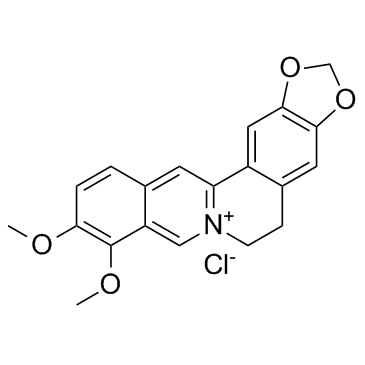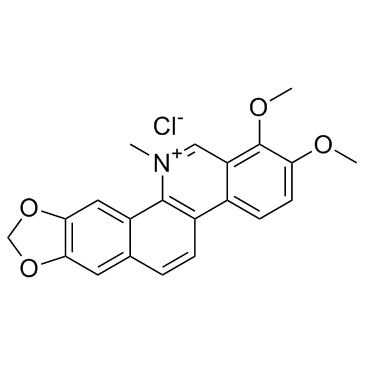| Structure | Name/CAS No. | Articles |
|---|---|---|
 |
L-Glutamine
CAS:56-85-9 |
|
 |
Berberine (chloride hydrate)
CAS:141433-60-5 |
|
 |
Berberine hydrochloride
CAS:633-65-8 |
|
 |
Chelerythrine chloride
CAS:3895-92-9 |